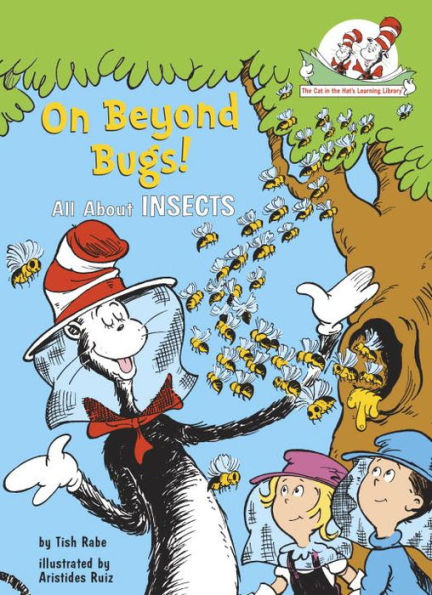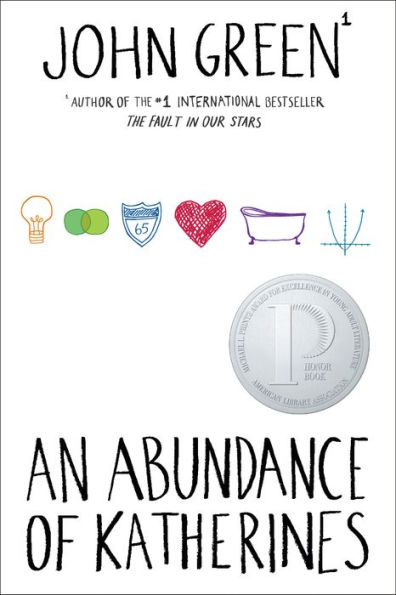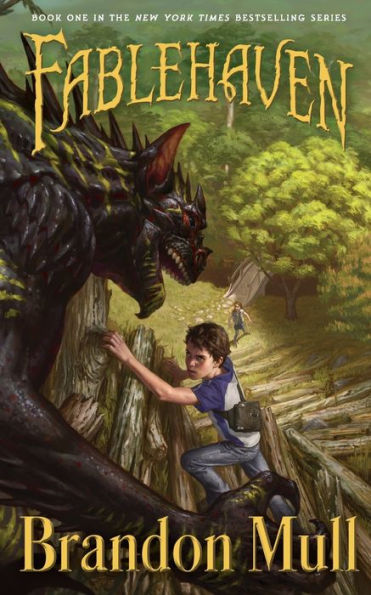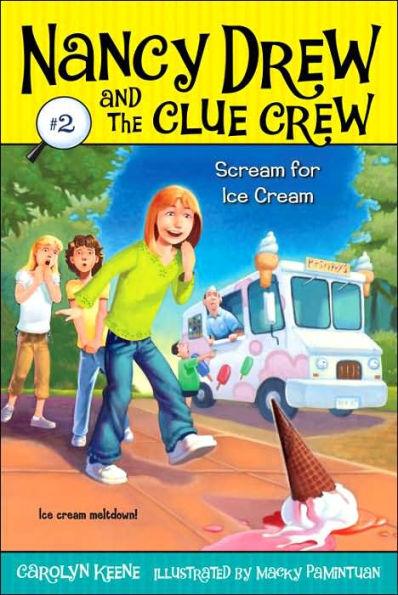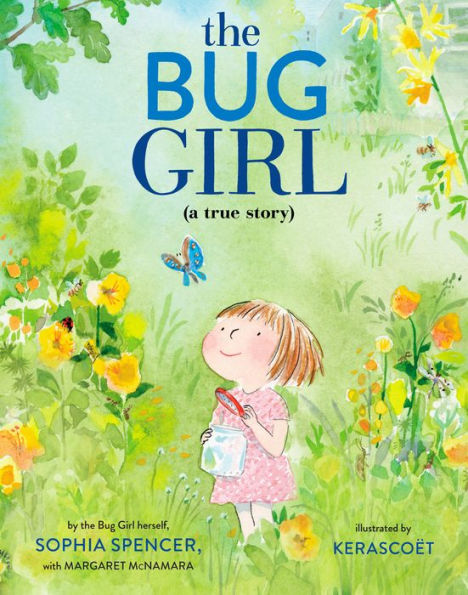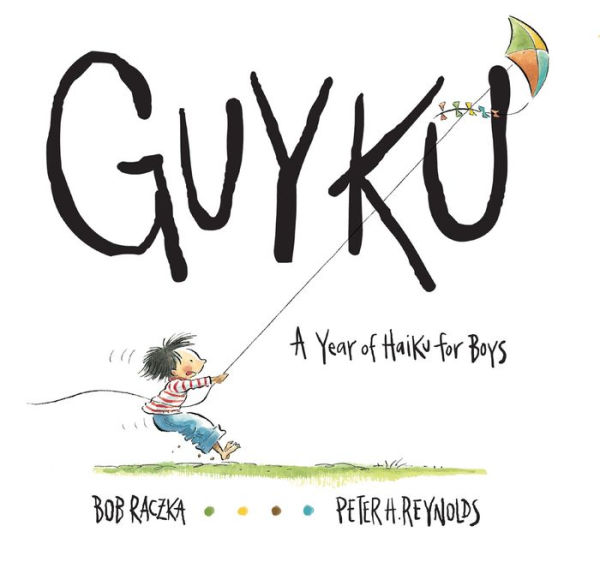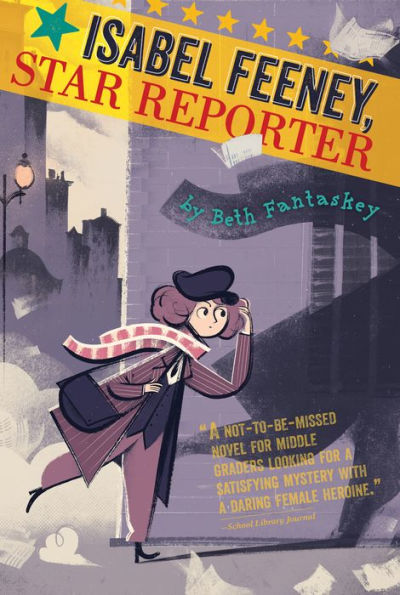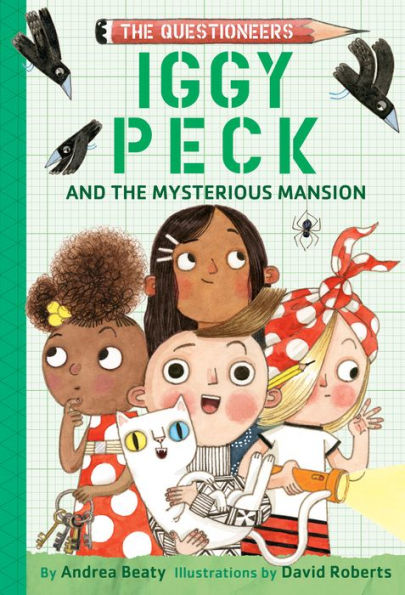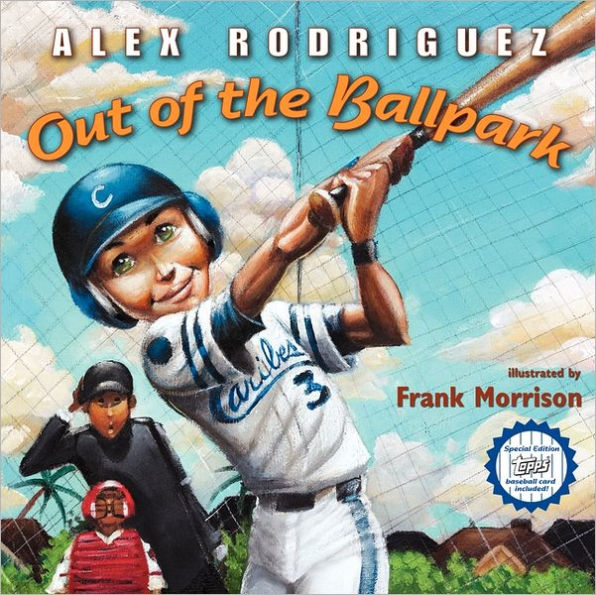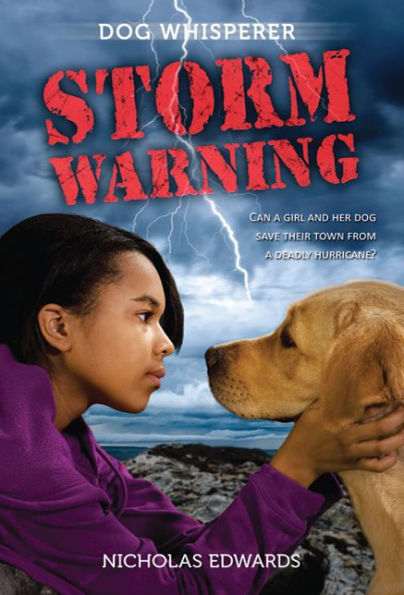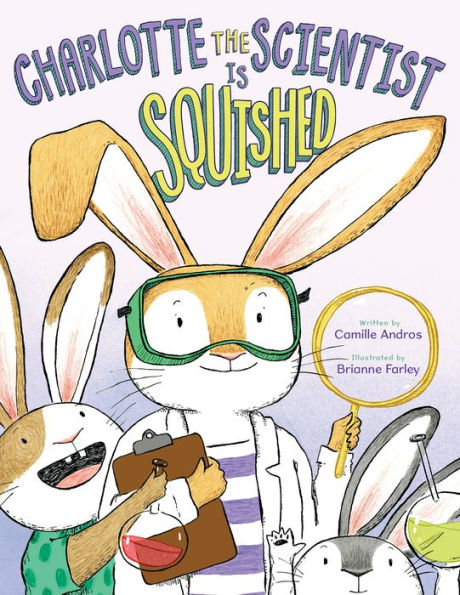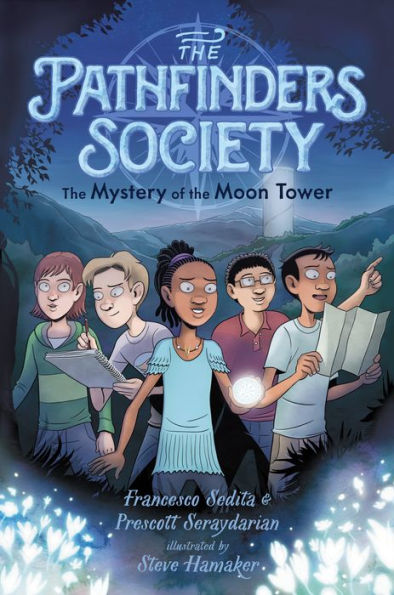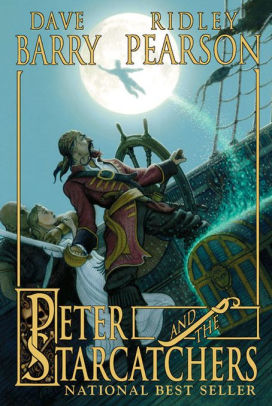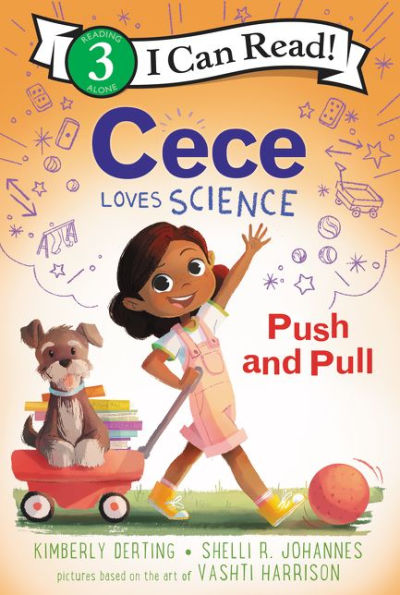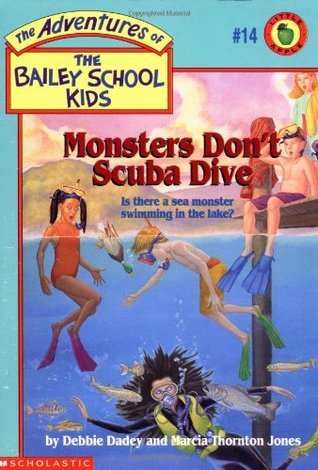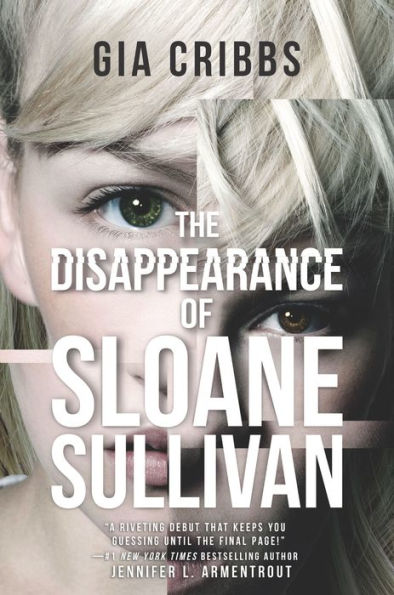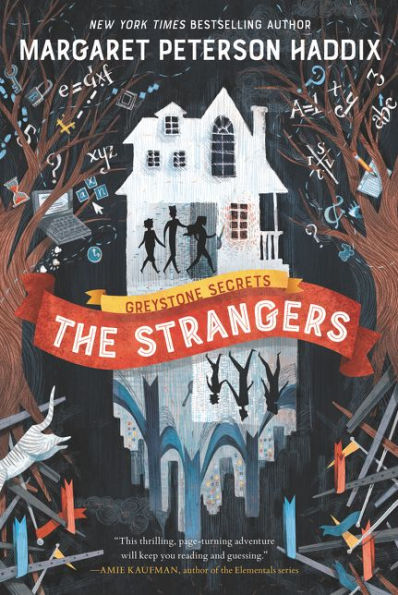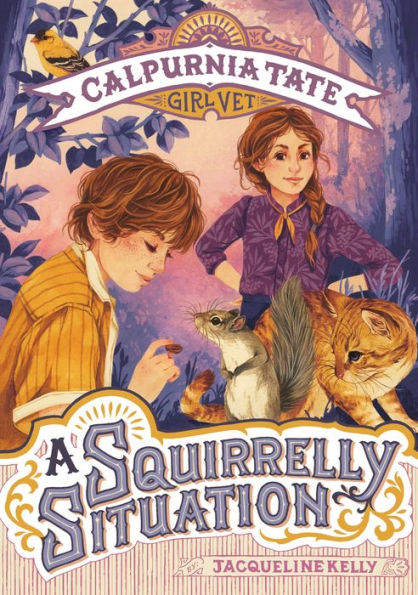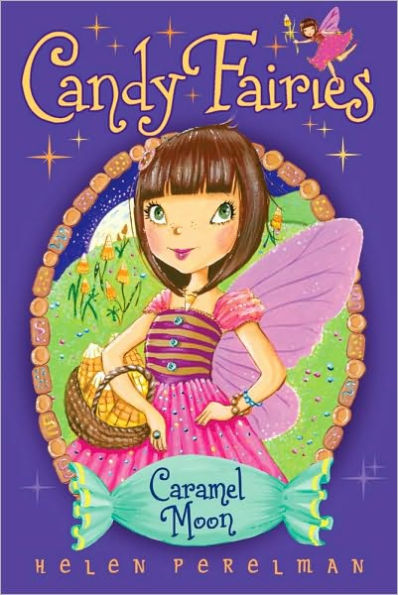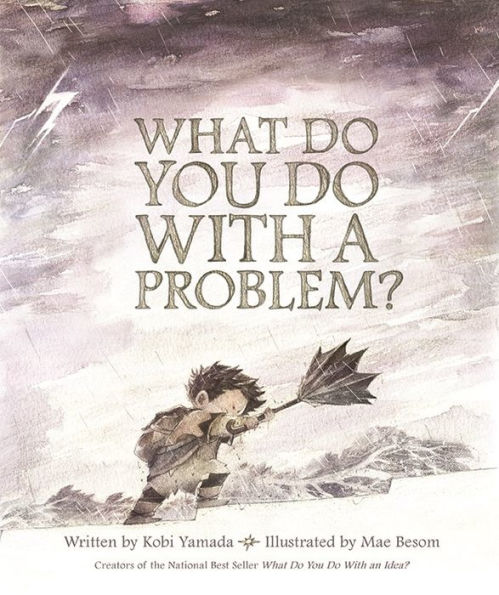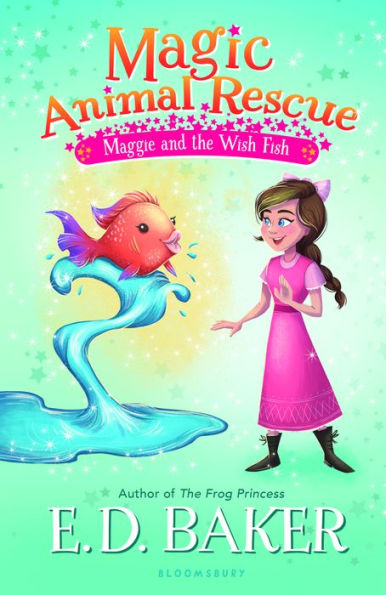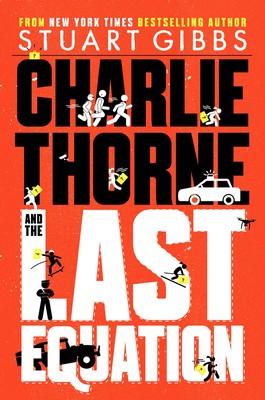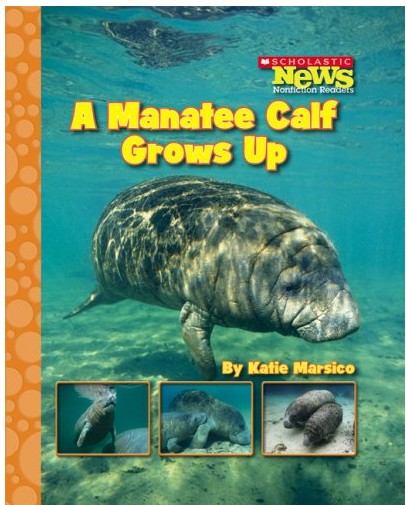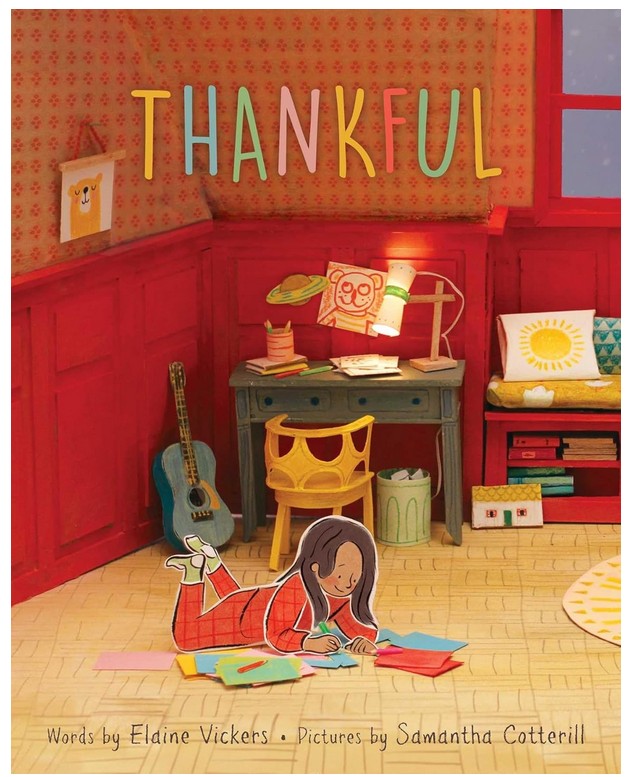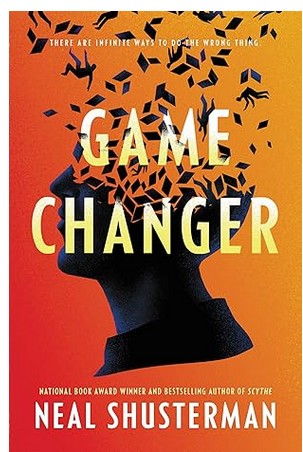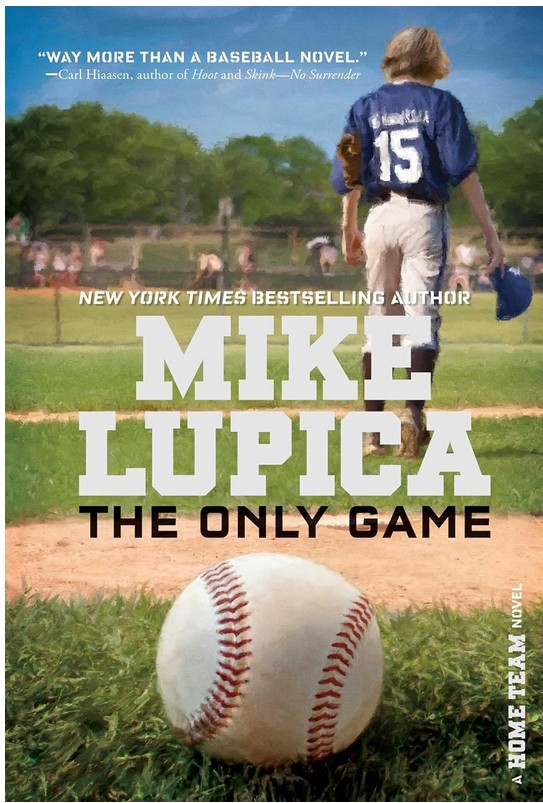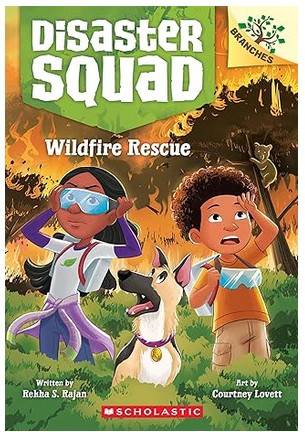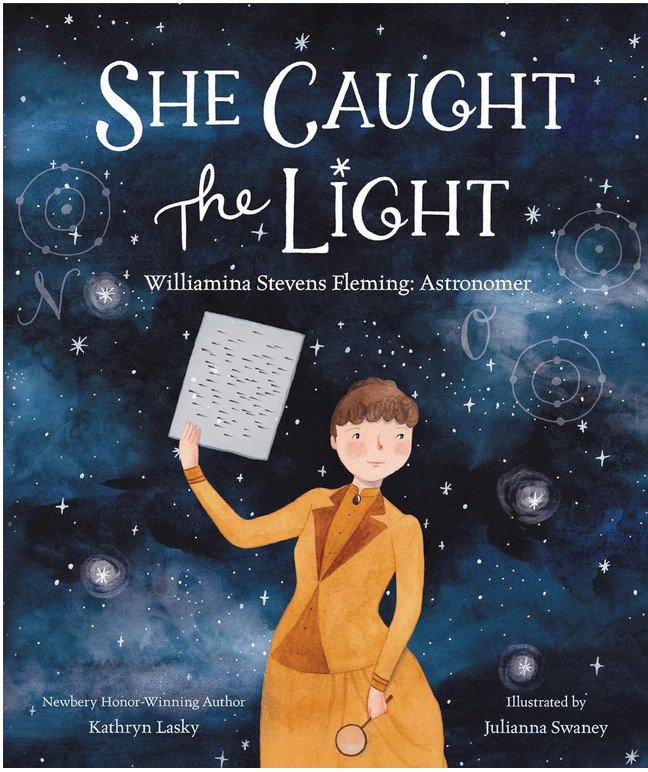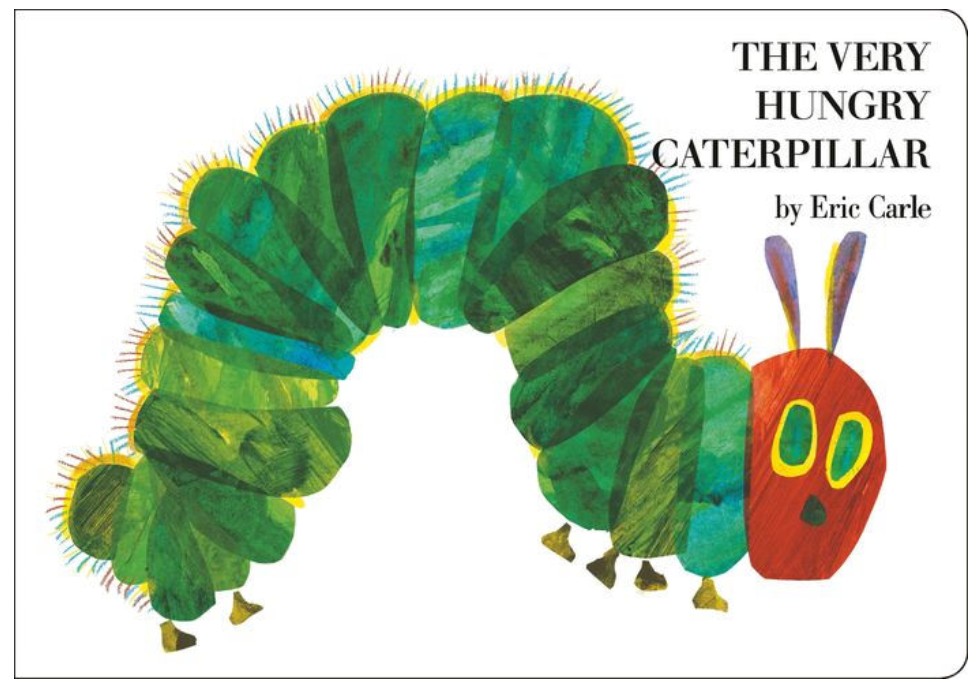The Cat in the Hat, Thing 1, and Thing 2 go on a journey looking for the millions of bugs that live in the world. The Cat in the Hat introduces readers to all sorts of bugs from praying mantis, to grasshoppers, and even butterflies. The Cat in the Hat tells readers interesting facts about the bugs he meets. With the help of a magnifying glass, the smaller bugs grow large enough that readers can distinguish each bug’s differences. Fleas, bees, and bugs in trees all inhabit the world, and with the Cat in the Hat, readers will learn all sorts of interesting facts.
Cat in the Hat uses Thing 1 and Thing 2 to introduce bug facts. For example, they hold up a sign that reads, “Spiders aren’t insects! This news couldn’t wait! Instead of six legs, every spider has eight!” All of the bugs are labeled and some pages have diagrams of bug body parts. The book’s format makes it easy for readers to identify bugs and their body parts.
On Beyond Bugs uses full-page illustrations with bright colors to introduce all types of bugs. Each bug’s unique features are shown through pictures. For example, an underwing moth blends into a tree’s bark, and a spittlebug hides from birds by covering itself with spit bubbles. Some of the illustrations are humorous, such as when the queen bee is being taken care of by the worker bees.
On Beyond Bugs is intended to introduce beginning readers to the importance of basic concepts about the world. Each page has 2 to 4 rhyming sentences. Readers will enjoy seeing the Cat in the Hat, Thing 1, and Thing 2 throughout the story. The end of the book has a seven-word glossary and a list of books that bug lovers might want to read.
Young readers will enjoy the colorful illustrations and learning about bugs. However, every two-page spread introduces a new insect, which some readers may find overwhelming. On Beyond Bugs teaches the importance of learning about bugs because “The world that we know couldn’t go on without them. The butterfly, ladybug, ant, and the bee make everything better . . . for you. . . and for me!”
Sexual Content
- None
Violence
- None
Drugs and Alcohol
- None
Language
- None
Supernatural
- None
Spiritual Content
- None
